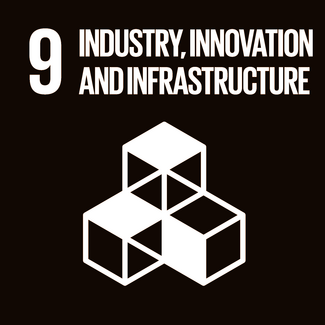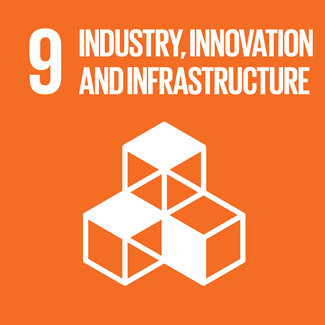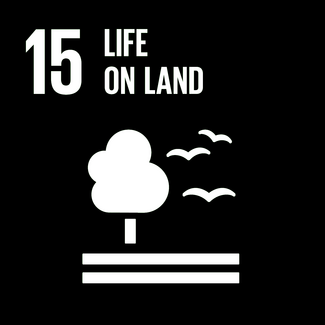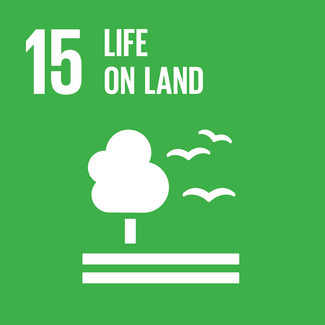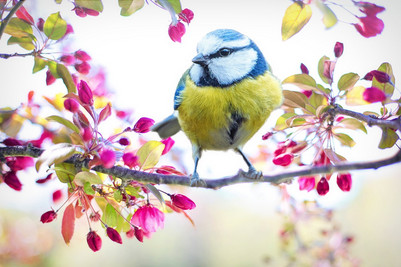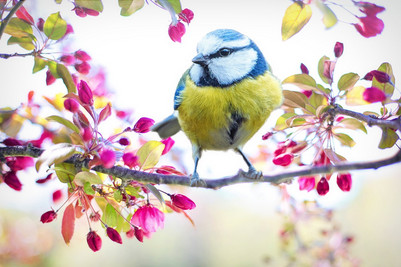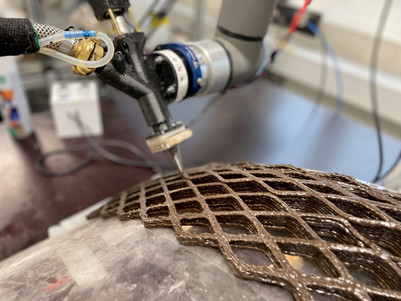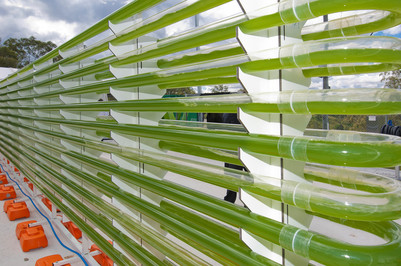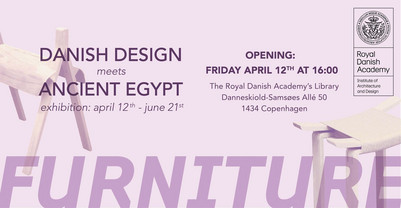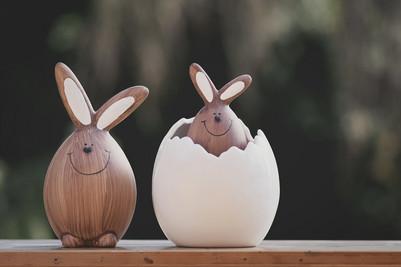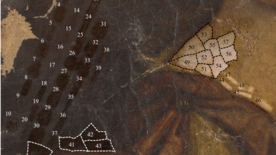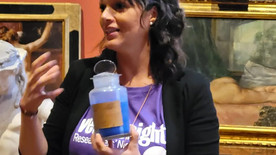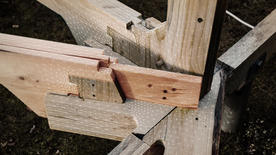
Preserving Everyday Rituals in Globalization
What is the relationship between architecture and cultural events? As religious festivals are celebrated frequently around the year, the cities in Taiwan turn into a huge stage for the festival activities. This dynamic changes in the cities profoundly impact my approach to the understanding of urban phenomena. Taiwan has faced the challenge of urban decay in many different aspects in the last few decades; such phenomenon is manifested in Wanhua District in Taipei. Despite the enormous amount of resources the city hall has invested in rejuvenating this area, such as expanding the train station and reconstructing the market, the issue persists.
To approach this from a different angle, instead of spending the resources on new construction or trying to redevelop the district into a modern city, this project aims to follow the context of religious festival that is representative of ancient urban life in Taiwan and propose an unconventional urban strategy for Wanhua District.
Religious festivals in Taiwan and Sinosphere area are local annual events taking place in local contexts that create a local economy model for the neighborhoods. Local temples take the central role in these events and also build up the differences among cities. Although local religious practices permeate the majority of Taiwanese’ lives, the built environment people live in has been dominated by the vision of modernization that prioritizes vehicles rather than its residents or festivals since the last century.
Because of this neglect, festivals are carried out on the streets and people are forced to celebrate the festivals together with adjacent traffic. To avoid this situation and to better integrate people’s lives with local religious practices, this project follows the context of these festivals regarding their schedule, scale and program. By doing this, the project aims to recreate the identity of the site and the urban life between religious festivals and daily life.
For more information: https://www.tsenghsuanwei.com/

Religious Festival in Taipei
There are three main religious festivals takes place annually around Taipei city which are Qingshan festival, XiaHai ChengHuang festival, and Songshan Mazu festival. These festival present three of the oldest districts of Taipei where were the commercial ports.
Wanhua district / Organizational chart
Qingshan festival in Wanhua district, located at the south-west of Taipei is the early developed area. Because of this, many historical monuments, ancient communities, and ancient temples exist in the area. In addition, vegetable, fruit and meat wholesale market sit in the riverside of the district. Ximen shopping area where is Taipei's pop culture area is on the west side of the district.

The strategy of this project is to design an urban museum of the religious festival, which is consisted of interventions of different scales. These interventions are not only to create a liveable neighborhood but also to show how the folk club is a mediating agency between human world and religious world. Consequently, the club would be transformed into a community school for celebration as well as a community museum for cultural items. By doing this, the approach creates an attraction point for tourists, who can in return benefit the local business and community.
program
In this urban museum, people can come and visit the neighborhood which starts from the temple yard. And then following a series of practicing squares on the street where people can see the lantern and festival objects. During this process, people can experience the atmosphere in between festival and daily life.
In the middle section of the street, the folk tower is placed to introduce what is behind the festival and present a daily performance to the people. This urban museum will be an interface for the real world and religious world and most importantly the place where urban life happens.
Qingsui temple yard / Intervention # Large



Folk club tower / Intervention # Medium



The Royal Danish Academy supports the Sustainable Development Goals
Since 2017 the Royal Danish Academy has worked with the Sustainable Development Goals. This is reflected in our research, our teaching and in our students’ projects. This project relates to the following UN goal(-s)